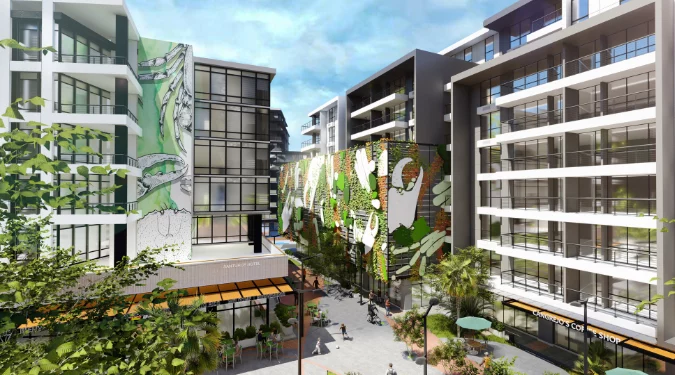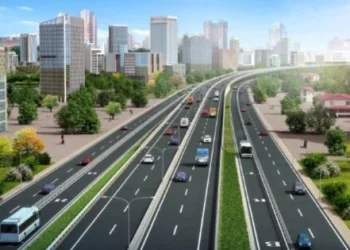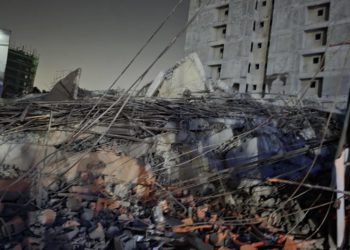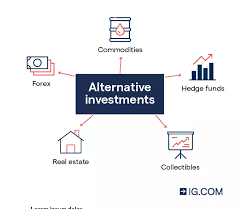Mixed-use developments (MUDs) are increasingly becoming a cornerstone of Kenya’s urban growth story. By combining residential, commercial, and recreational spaces within a single project, they not only maximize land use but also create vibrant, self-sustaining communities. As urbanization accelerates in cities like Nairobi, the need to design and build sustainable MUDs has never been more urgent.
Sustainability in this context goes beyond environmentally friendly buildings. It is about creating developments that balance economic viability, social inclusivity, and ecological responsibility. Energy-efficient designs, renewable energy adoption, rainwater harvesting, and green spaces are important starting points. Equally critical are public amenities, pedestrian-friendly layouts, and integration with public transport systems, which reduce reliance on private cars and lower emissions.
For developers, sustainability is also a business imperative. Projects that embed sustainable features attract higher-quality tenants, enjoy stronger occupancy rates, and often command premium valuations. Investors increasingly prioritize Environmental, Social, and Governance (ESG) standards, meaning that sustainable MUDs have a competitive edge in attracting capital. In Kenya’s real estate market, where affordability and resilience remain top priorities, developments that align with global sustainability trends are better positioned for long-term success.
At the community level, sustainable MUDs promote healthier lifestyles, greater accessibility, and stronger social cohesion. By integrating schools, clinics, retail outlets, offices, and leisure spaces within walkable environments, these projects address the daily needs of residents while reducing time lost to traffic congestion.
Looking ahead, Kenya’s urban future depends on how well we embrace sustainable practices in real estate development. Mixed-use projects that prioritize people and the planet , not just profit ,will define the next era of urban transformation.
The question remains: how can stakeholders, from government to developers and financiers , collaborate to make sustainability the standard, not the exception, in Kenya’s MUDs?
















